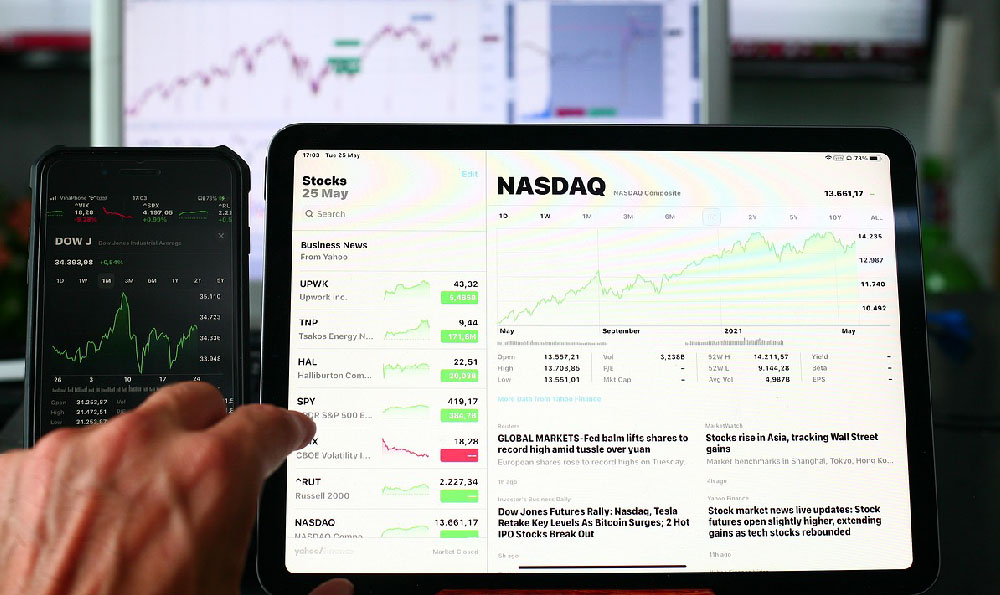
Crafting a money shirt, whether as a unique gift, a daring fashion statement, or simply a creative project, requires careful planning and execution. The success of your money shirt hinges on several factors, including the type of bills you choose, the method of attachment, and the overall design. Let's delve into the intricacies of creating a visually appealing and structurally sound money shirt, while also considering the ethical implications and potential risks involved.
Bill Selection: Aesthetics and Practicality
The most crucial decision in creating a money shirt is the choice of bills. Several factors come into play:

- Aesthetic Appeal: The color and design of the bills will significantly impact the visual appeal of the shirt. US dollar bills, with their varying denominations and iconic imagery, offer a classic look. Consider using only one denomination for a uniform aesthetic or mixing denominations for a more dynamic appearance. Newer, crisp bills will generally look better than worn or faded ones.
- Cost Considerations: The denomination you choose will directly impact the overall cost of the shirt. Using only $1 bills will be the most economical, while using $10 or $20 bills will quickly escalate the cost.
- Availability: Depending on your location and access to banks, some denominations might be easier to acquire than others. Large denominations might require special orders.
- Durability: While all paper currency is relatively fragile, some bills might be more prone to tearing or damage due to their age or circulation. Handling the bills with care throughout the process is essential.
For the best visual impact, consider using a combination of denominations. For example, using $1 bills for the main body of the shirt and strategically placing $5 or $10 bills in key areas to highlight the design. Remember that the total value of the shirt will be significant, so security is paramount.
Construction Techniques: Durability and Wearability
Attaching the bills to the shirt requires a method that is both secure and aesthetically pleasing. Several options exist:
- Folding and Gluing: This method involves meticulously folding each bill and gluing it to the shirt using a fabric-safe adhesive. This is a labor-intensive process, but it allows for intricate designs and a relatively clean finish. However, the glue could stain the bills, reducing their value if they are ever removed.
- Sewing: Sewing the bills onto the shirt offers a more durable attachment than gluing. This method requires careful handling of the bills to avoid tearing them. Transparent thread is recommended to minimize visibility. However, sewing creates permanent needle holes in the bills, which might be considered damaging.
- Laminating and Attaching: Encapsulating each bill in clear laminate before attaching it to the shirt offers the best protection against damage. The laminated bills can then be glued or sewn onto the shirt. This method is the most time-consuming, but it preserves the integrity of the currency.
- Using Clear Pockets or Sleeves: Another method is to sew clear plastic pockets or sleeves onto the shirt and then slide the bills into the pockets. This allows for easy removal and replacement of the bills without causing any damage.
The choice of method will depend on your desired level of durability, aesthetics, and the degree to which you want to preserve the bills.
Ethical Considerations and Legal Ramifications
Before embarking on this project, it's crucial to consider the ethical and legal ramifications of using currency in this way. While it is generally legal to deface or alter currency, it is illegal to do so with the intent to render it unfit for circulation. The key lies in the intent. If your intention is to create art or a novelty item, the act is likely legal. However, if your intention is to damage the currency in a way that prevents it from being used as legal tender, you could face legal consequences.
Furthermore, consider the potential impact on the value of the currency. While slightly used or folded bills retain their face value, severely damaged or defaced bills might be rejected by merchants or banks.
Design Considerations: Planning and Execution
Before you start attaching bills, it's essential to have a clear design plan. Consider the following:
- Shirt Style: The type of shirt you choose will impact the overall look and feel of the project. A plain t-shirt is the most common choice, but you could also use a button-down shirt or even a jacket.
- Bill Placement: Plan where each bill will be placed on the shirt. Use a template or sketch to guide your work.
- Color Coordination: Consider the colors of the bills and how they will complement the shirt.
- Overall Theme: Decide on a theme for your shirt. This could be based on a specific denomination, a particular country's currency, or a general message about money.
Protecting Your Investment
A money shirt represents a significant investment, so it's essential to protect it. Consider the following:
- Storage: Store the shirt in a safe and dry place away from direct sunlight or extreme temperatures.
- Cleaning: Avoid washing the shirt. Spot clean it gently if necessary.
- Security: Keep the shirt out of sight when not in use. Consider insuring it against theft or damage.
Creating a money shirt is a unique and creative project that requires careful planning and execution. By considering the factors outlined above, you can create a visually appealing and structurally sound shirt that reflects your personal style and financial savvy. Remember to handle the currency with care and be mindful of the ethical and legal implications. Most importantly, enjoy the process!





